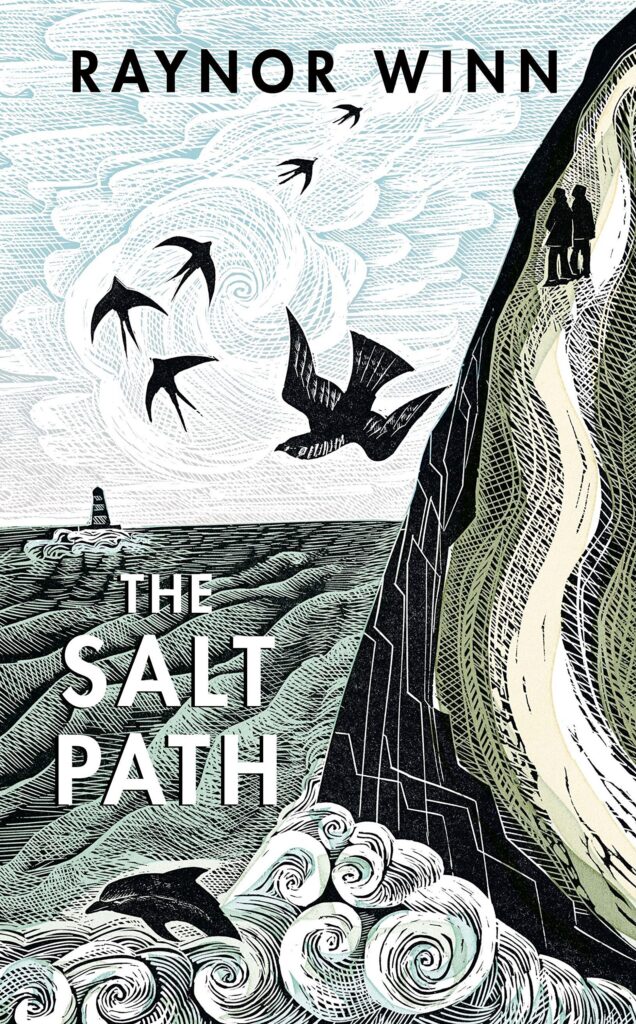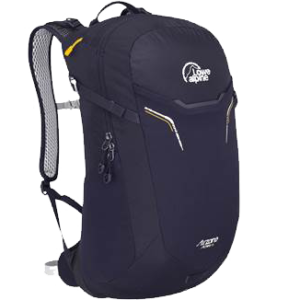Last updated on May 18th, 2024 at 03:38 pm
During the pandemic Stef read The Salt Path and fell in love with the idea of walking the South West Coast Path. We didn't have the ability (or the fitness) to do the entire thing in one go, but we had become frequent users of the UK train network for holidays, so hatched a plan to complete the path in 3-4 day chunks, maximising use of public transport.
Although not possible along the entire route, ideally, we would catch a train the start of the stage, walk over a long weekend, staying in B&Bs or camping, then finish at another train station for the journey home. Where trains aren't local, we make use of busses, plan a longer stage, or worst-case drive down (something I wanted to avoid because you then have to get back to the car, followed by 4+ hour drive back to London).
Table of contents
The time of year is also a factor. In the summer season B&B's won't rent a room for a single day when there are other people wanting to stay a week, so we either need to travel outside of the school holidays or camp (although we ran into the same single night problem with camping as well).

The Salt Path by Raynor Winn inspired us to walk the SWCP.
Google Maps
We are using google maps as a easy way to share progress. I can create a custom map and import our GPS data (recorded in Komoot). It's then simple to add the places we stay, where we eat, and other points of interest. Alternate colours are used to show each days hike.
Because of the transport limitations we're not doing the route in order, so stages may not be contiguous. I've marked everything with dates and stage numbers so it should be easy to see what and where we are doing things.
The best way to view the map is full screen, which you can do following this link:
Paul and Stef's South West Coast Path Adventure
Komoot Maps
We Komoot to plan and record our progress. You can view each day stage using the links below.
1.4 Fowey to Par (not recorded in Komoot)
Equipment
I've been taking hand luggage only on flights for many years now. Taking one a single bag with you, fitting under the seat, really simplifes travel, gives better security, and focuses your luggage on what you really need and will use on the trip.
We been appling this minimal approach to camping as well and continue to invest in light weight equipment and well as making use of shops, cafes and restaurants as much as possible. For the SWCP we have two strategies, depending on the stage.
B&Bs
This is the easiest option as it eliminates the need for a tent, sleeping bag, and cooking equipment. All we need are clothes, wet weather gear and snacks. The downside is we need to find B&Bs at the right location that are open to having someone stay for a single night. During the summer holidays it becomes much harder to get a room for a night as the owners prefer guests who will stay for a whole week.
 B&B Equipment list
B&B Equipment list
- Lowe Alpine Airzone Active 18 backpack. Plenty of space for day hiking and the frame keeps it off my back allowing good airflow. Includes an outside zip pocket for quick access to things like USB battery and sunglasses, and an inside zip pocket for keys and wallet.
- Quick-dry convertible trousers. They are light weight have plenty of pockets. I’ve never used them as shorts when hiking the path because there tends to be a lot of stinging nettles, but it’s nice to have the option. They dry quickly so I only need 1 pair which can be washed over night (if I do take a second pair they roll up very small).
- Quick-dry long sleeve t-shirt. This can be washed in the evening and be dry the next morning. I carry a space in the pack. I prefer long sleeves as it helps keep the sun off.
- Fleece. I have a light fleece and heavier one with a hood. I'll pack one of them depending on the weather for the trip. When not in use I roll it up and carry it on the back of my pack where it protects my neck from the sun.
- Running tights. These make a great extra layer if it’s cold and can also be worn on their own if the trousers are damaged.
- Lightweight waterproof jacket. This packs up very small and keeps the rain and wind off. If we are hiking in colder weather I have a heavier jacket I can take.
- Cheap waterproof trousers. This pack up small enough and I find waterproof trousers can be damaged by thorns, barbed wire and other hazards so try to avoid spending a lot of money.
- Waterproof socks are amazing at keeping my feet dry even when my boots aren’t up to the job, I carry a spare pair.
- Quick-dry underpants, can be washed and dried over night, I carry a spare pair.
- Baseball cap and beanie (I find the beanie gets the most use as the baseball cap catches the wind and flies off).
- Sunglasses.
- Kindle. Mostly for the train ride. I find I'm too tired to want to read in the evenings.
- Phone with ear buds. Podcasts are my main form of entertainment in the evenings and during travel. The phone is also used for photos and navigation.
- USB battery, wall charger, cables. Used to keep the Phone charged. For a 3 day trip I've found the battery to be good enough but I take the wall charger anyway just in case.
- Snacks. Hula hoops, Haribo, Tunnocks Caramel Wafers.
- 1l water bottle.
Camping
With the camping loadout I carry all the above plus a sleeping bag and tent. With cooking equipment an option on top.
We haven't done a camping stage yet so I don't have an exact equipment list but these are by thoughts:
Backpack
Either the Lowe Alpine Airzone Active 18 I use for B&Bs or my larger Airzone Pro 35-45 which will easilly fit everything but might be overkill.
An alternative I've yet to try is the Active 18 paired with an Ospray waist pack, which might give me enough space to get everything in without the bigger bag. I'll have to try it and see.
Camping equipment
- Tent - Big Agness Copper Spur. Bought for though hiking and bike packing. Due to it's high price it only gets used when my other tent isn't suitable so we've not used it yet.
- Sleeping bag - Sea to Summit Spark III. Very light weight bag that packs really small. Used it a few times and it does the job well.
- Sleep mat. A non-name lightweight inflatable mat, does what it needs to do.